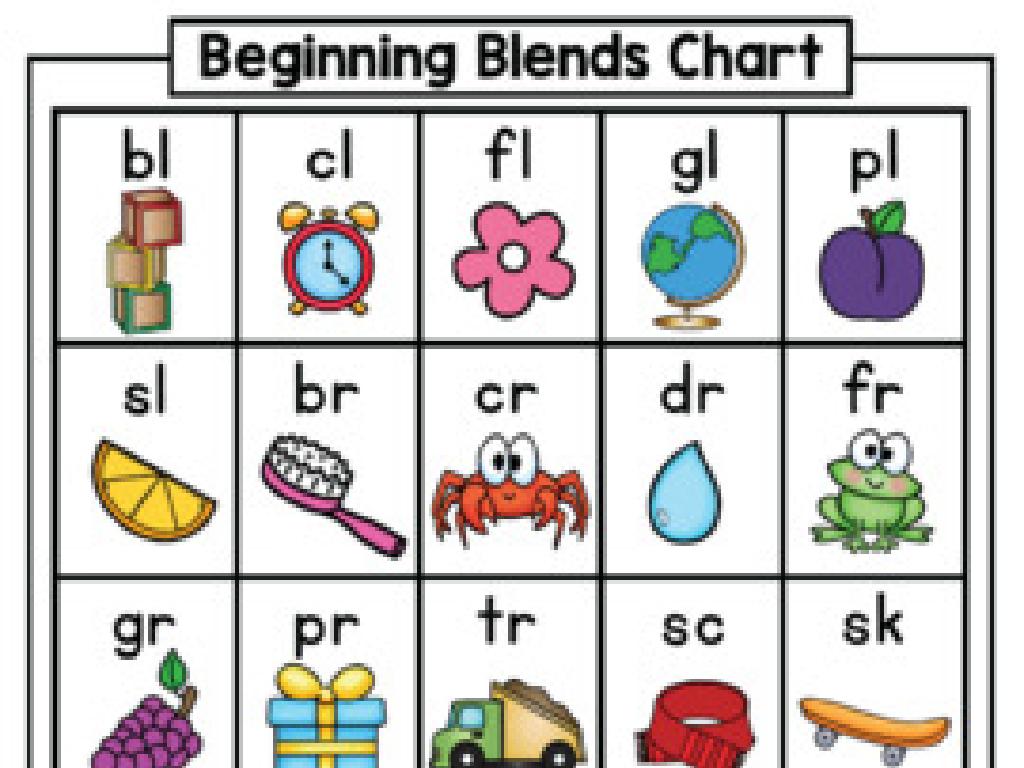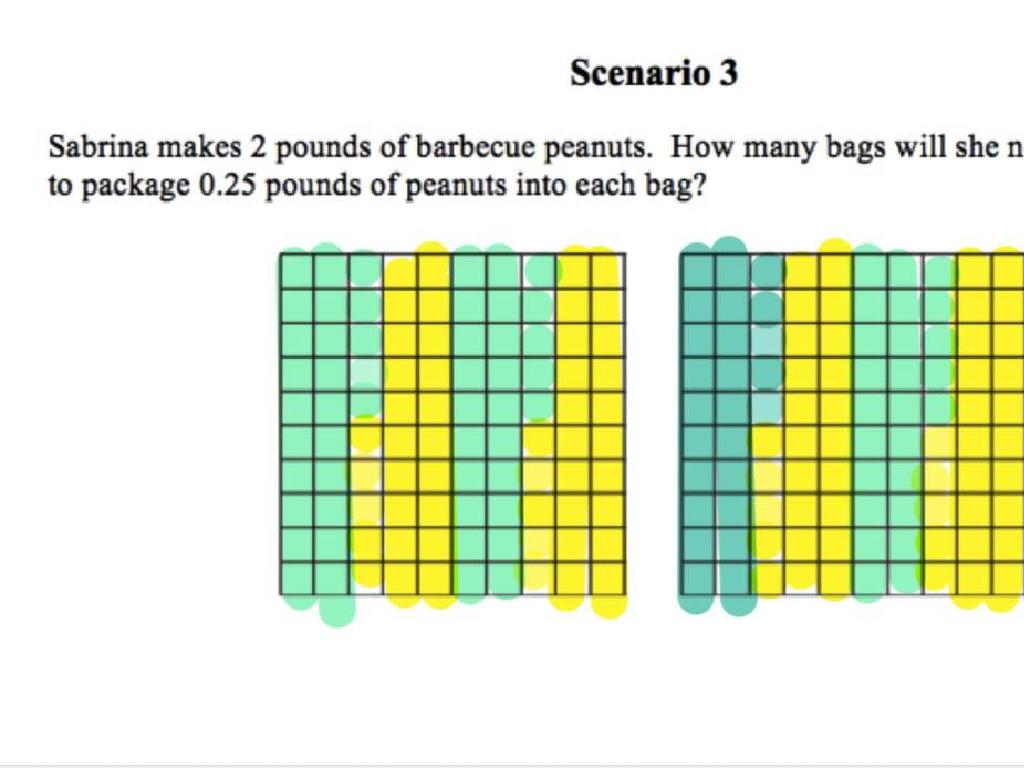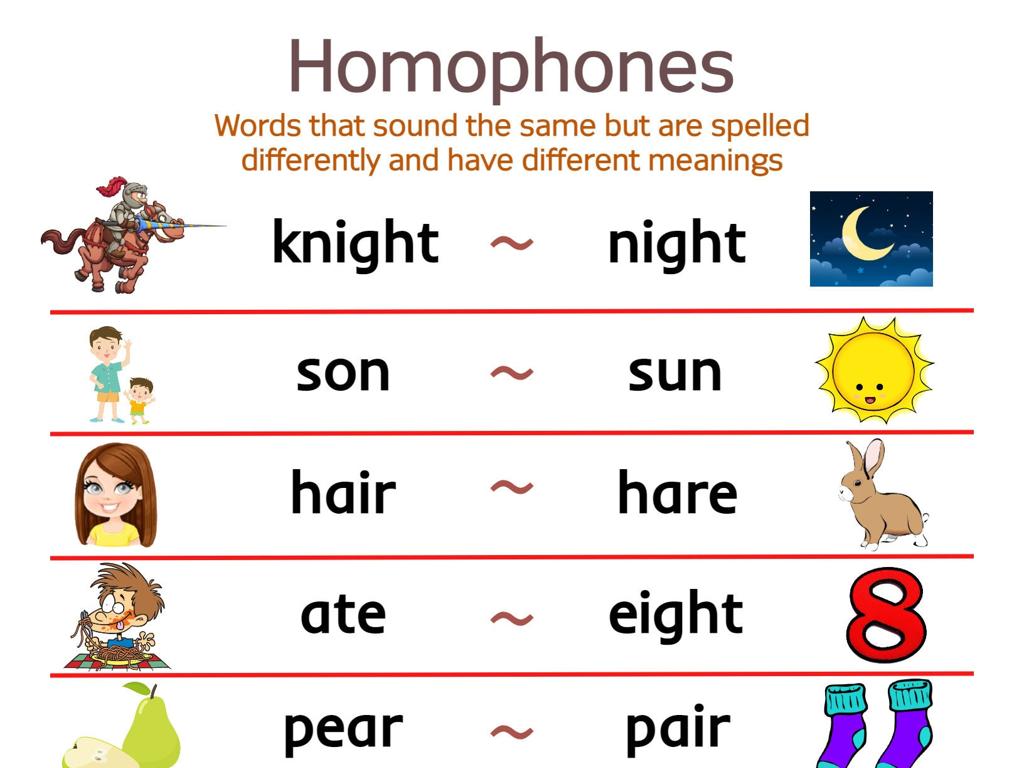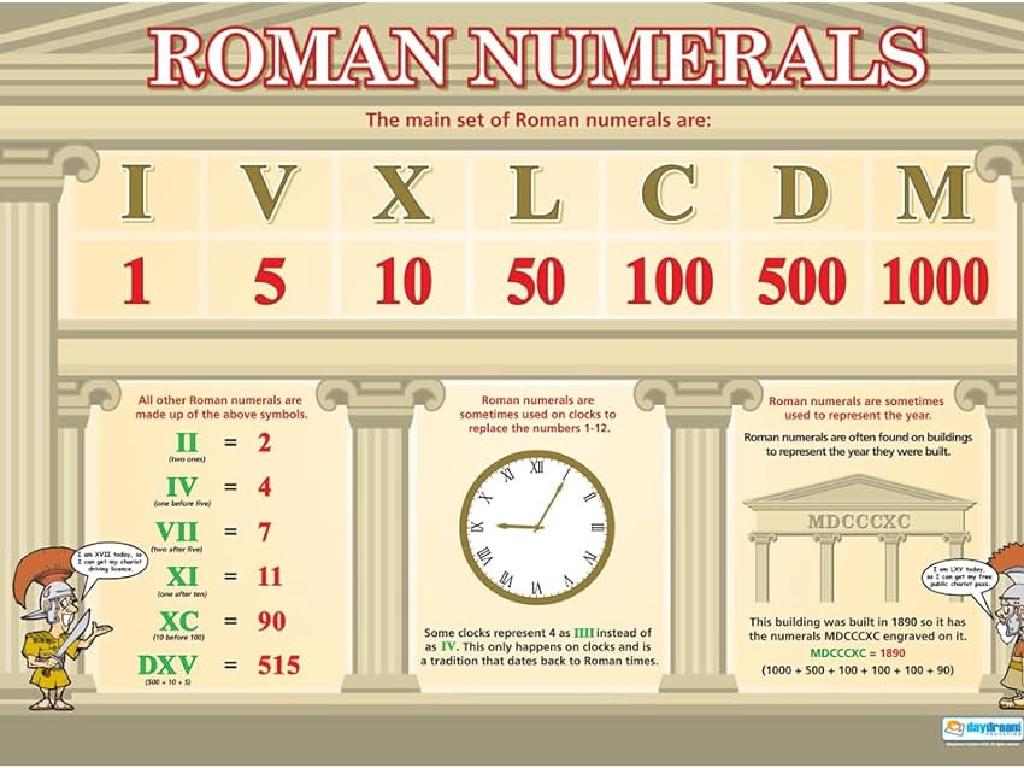The American Flag
Subject: Social studies
Grade: Third grade
Topic: American Symbols, Landmarks, And Monuments
Please LOG IN to download the presentation. Access is available to registered users only.
View More Content
The American Flag: A Symbol of Our Country
– What are symbols?
– Symbols represent ideas or qualities
– Why symbols matter
– They unite people & convey important messages
– American symbols introduction
– Landmarks like the Statue of Liberty, national parks, and the American Flag
– Today’s focus: The American Flag
– Learn about the flag’s history, colors, and meaning
|
Begin the lesson by explaining what symbols are and how they represent bigger ideas or qualities. Discuss the importance of symbols in bringing people together and communicating significant messages about a country or group. Introduce various American symbols, landmarks, and monuments, emphasizing their role in American culture and identity. Focus the discussion on the American Flag, exploring its history, the significance of its colors, and what it represents to the people of the United States. Encourage students to think about what the flag means to them and to share any experiences they have with the flag in their own lives.
The American Flag: A National Symbol
– Our flag represents the USA
– Nicknames: Stars and Stripes, Old Glory
– ‘Stars and Stripes’ refers to the flag’s design
– American flags are everywhere
– Schools, government buildings, and more
– Respect for the flag
– We stand and remove hats as a sign of respect
|
The American flag is a powerful symbol of our country’s values, history, and people. When discussing the flag, emphasize its role in representing the United States and the unity of our nation. Explain the flag’s common nicknames, ‘Stars and Stripes’ and ‘Old Glory,’ and how they relate to its appearance and history. Highlight the various places where the flag is displayed, such as schools, government buildings, and public events, to show its importance in everyday life. Lastly, teach the students about the proper etiquette for respecting the flag, including standing during the national anthem and removing hats. This slide aims to instill a sense of patriotism and understanding of national symbols in the students.
The Story of the American Flag
– Betsy Ross and the first flag
– Betsy Ross is often credited with sewing the first American flag.
– Evolution of the flag’s design
– The flag has changed with the addition of new states.
– 13 stripes’ historical significance
– The stripes represent the original 13 colonies.
– Meaning behind the 50 stars
– Each star stands for a state in the Union.
|
Begin with the story of Betsy Ross and the creation of the first American flag, which is a great way to capture the students’ interest. Discuss how the flag’s design has evolved over time, especially as new states joined the Union, leading to changes in the number of stars. Explain the significance of the 13 stripes, which represent the original 13 colonies that declared independence from Britain. Lastly, talk about the 50 stars on the flag today, each representing a state. This slide aims to give students an understanding of the flag’s history and its symbols that represent the growth and unity of the country.
The American Flag: Colors and Their Meanings
– Red for valor and bravery
– Valor means courage in facing danger
– White for purity and innocence
– Innocence means being pure and good
– Blue for vigilance and justice
– Vigilance means always being watchful
|
This slide explains the significance of the colors on the American flag. Red symbolizes valor and bravery, reflecting the courage of those who have fought for the country. White represents purity and innocence, signifying the virtuous ideals upon which the nation was founded. Blue stands for vigilance, perseverance, and justice, embodying the constant vigilance and determination required to uphold democratic values and ensure justice for all citizens. Encourage students to think of examples where they have seen these colors used and to discuss what these ideals mean to them in their daily lives.
Proper American Flag Etiquette
– Correct way to display the flag
– Hang the flag from sunrise to sunset; the union (blue section) should be on the observer’s left.
– Respect for the flag: Do’s and Don’ts
– Do: Stand during the anthem; Don’t: Let the flag touch the ground.
– Actions during Pledge and Anthem
– Stand up, place right hand over heart, and recite the Pledge of Allegiance.
– Understanding flag traditions
|
This slide aims to teach students about the importance of respecting the American flag by following proper etiquette. It’s crucial to display the flag correctly, with the union to the left, and only during daylight unless it’s illuminated. Emphasize the importance of not allowing the flag to touch the ground and standing respectfully during the Pledge of Allegiance and National Anthem. Encourage students to place their right hand over their heart as a sign of respect. Discuss why these traditions are important and what they represent about our country’s values and history.
The American Flag in Our Lives
– Flag on national holidays
– Seen on Independence Day and Memorial Day
– Flag at parades and schools
– Carried in parades and displayed in classrooms
– Flag at government buildings
– Flies high at city halls and courthouses
– Personal stories of the flag
– What does the flag mean to you and your family?
|
This slide aims to show the importance of the American flag in various aspects of our lives, especially during national holidays like Independence Day and Memorial Day, where it symbolizes freedom and the sacrifices made for our country. It’s also a staple in parades, a sign of patriotism at schools, and a marker of governance at government buildings. Encourage students to think about what the flag means to them personally and to share stories of their experiences with the flag. This could include family traditions on national holidays, seeing the flag in their community, or what feelings the flag evokes. These discussions will help students connect with the symbol of the flag on a deeper level.
Class Activity: Create Your Own Flag
– Design a personal or family flag
– Use paper, crayons, markers, stickers
– Explain your flag’s design
– Think about what symbols or colors represent you or your family
– Share your creation with the class
|
This activity allows students to explore their creativity while understanding the symbolism behind flags, particularly the American flag. Provide each student with the materials needed. Encourage them to think about what is important to them and their family, such as hobbies, traditions, or heritage, and how to represent these ideas through symbols and colors on their flag. Once the flags are created, give each student the opportunity to present their flag to the class and explain the meaning behind their design choices. This will help them practice public speaking and give them a sense of pride in their personal heritage and identity. Possible variations of the activity could include working in pairs, creating a flag for a made-up country, or drawing inspiration from the American flag to include elements that represent freedom, unity, or other American values.





